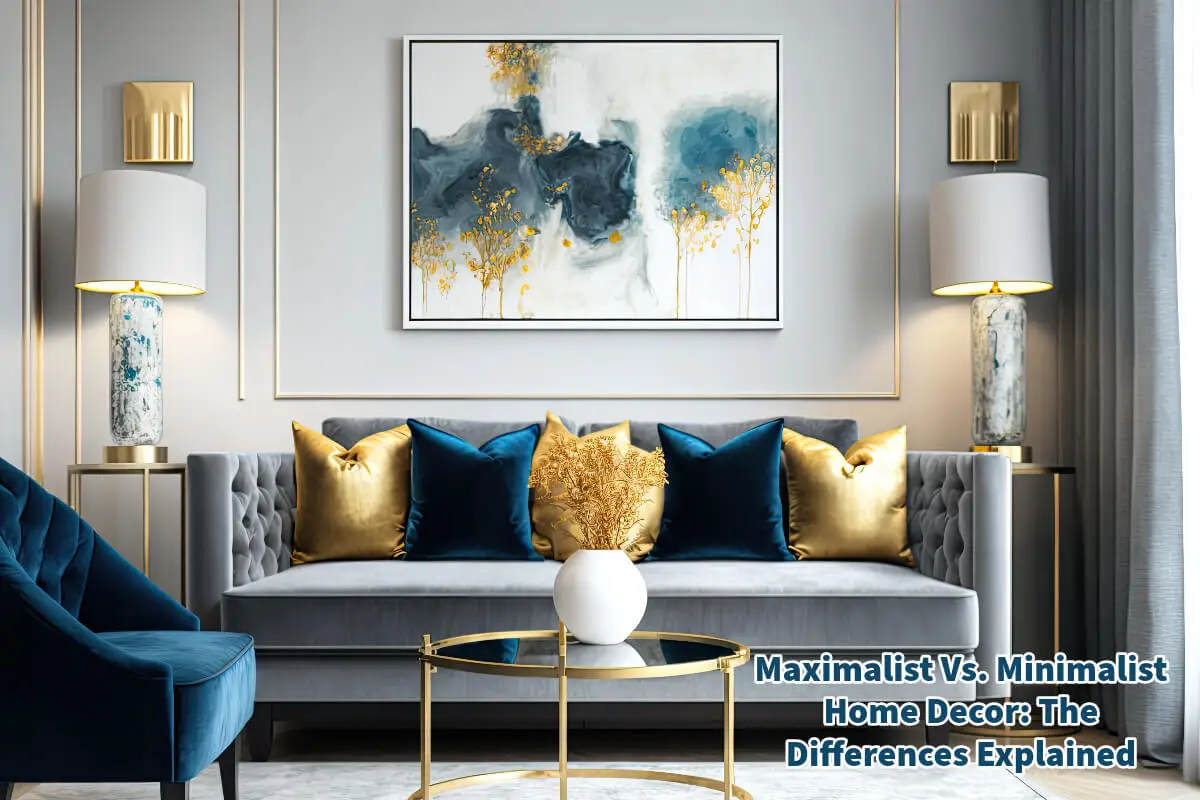Home decor is an intricate dance between form and function, an ongoing quest to harmonize the various elements that shape our living spaces.
While a broad spectrum of styles and design principles exists, two contrasting philosophies have captivated modern sensibilities—Minimalism and Maximalism. Though these two styles sit at opposing ends of the aesthetic spectrum, they share the ultimate goal of creating spaces that resonate with those who inhabit them. Read on as we explore more of these designs and their key differences.
Table of Contents
- Contrasting Maximalist And Minimalist Home Decor: A Comprehensive Guide To Understanding The Two Aesthetics
- Minimalist Design: Less Is More
- Maximalist Design: More Is More
- Ten Key Differences – Minimalism Vs. Maximalism
- Related Content
Contrasting Maximalist And Minimalist Home Decor: A Comprehensive Guide To Understanding The Two Aesthetics
In the modern age, where trends can evolve as quickly as tweets, one overarching narrative persists: the dichotomy between maximalism and minimalism, especially regarding home decor.
Both are distinct styles, replete with their own sets of rules, aesthetics, and cultural implications. But how do you know which one is right for you? Read on to delve into each style’s philosophy and practicalities and examine what truly sets them apart.
Minimalist Design: Less Is More
The minimalist trend in home decor has long captivated those who appreciate its disciplined elegance, clean lines, and focus on function.
The essence of minimalism lies in its drive to create spaces that are not just visually appealing but also highly functional, embodying the “less is more” philosophy in a way that adds both beauty and utility to your life. Below, we delve into some key facets that distinguish minimalism as a design trend.
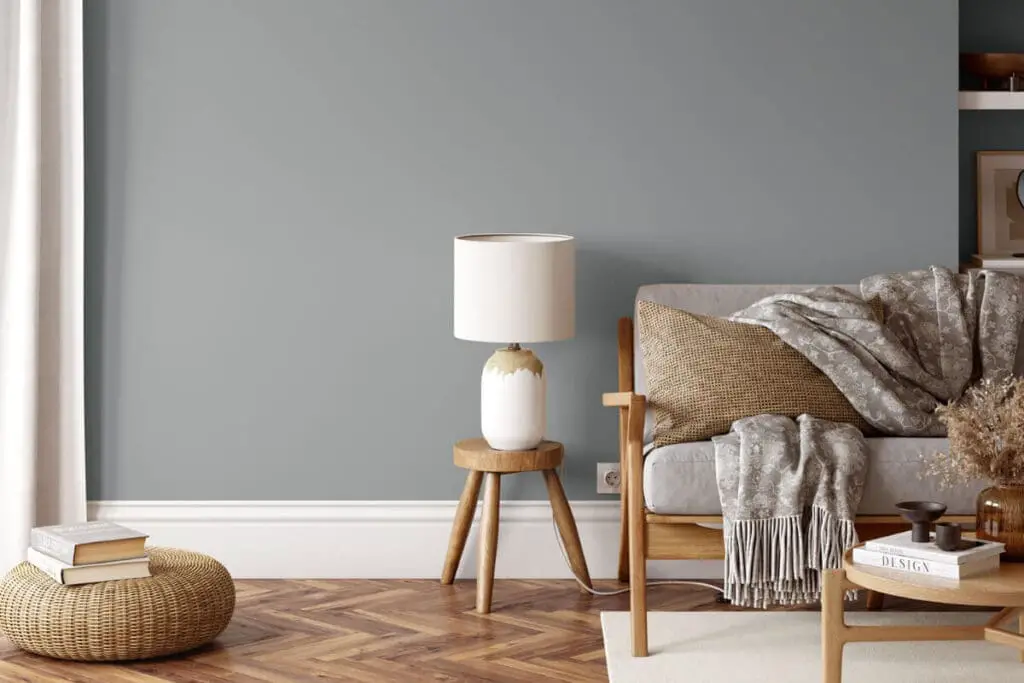
1. Functionality
Minimalism places utmost importance on functionality. Furniture and items that don’t serve a purpose are generally omitted.
2. Neutral Colors
The color scheme is typically monochromatic, featuring white, beige, or gray hues.
3. Material Selection
Materials are carefully selected for quality and longevity, often featuring natural elements like wood, stone, and metal.
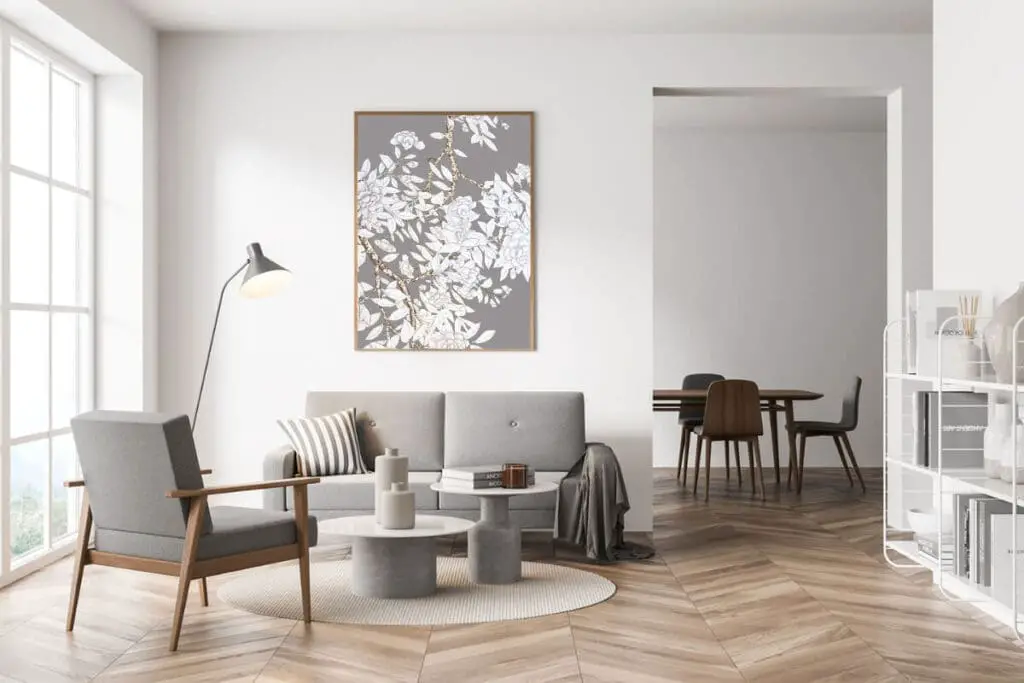
4. Simplicity
Aesthetic embellishments are primarily absent, focusing on simple forms and clean lines instead.
5. Negative Space
Ample negative space is utilized to let the design elements breathe.
6. Symmetry
A balanced, symmetrical arrangement is often the hallmark of minimalist spaces.
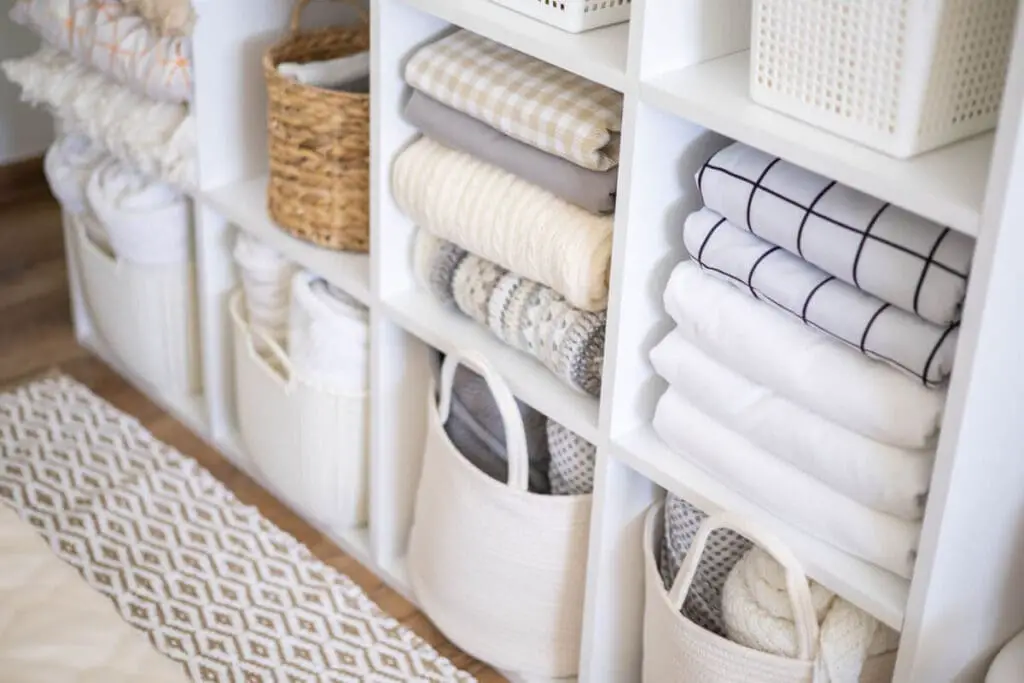
7. Natural Light
Emphasis is put on allowing natural light to fill the space.
8. Clutter-Free
A minimalist space is always tidy, with every item having a designated place.
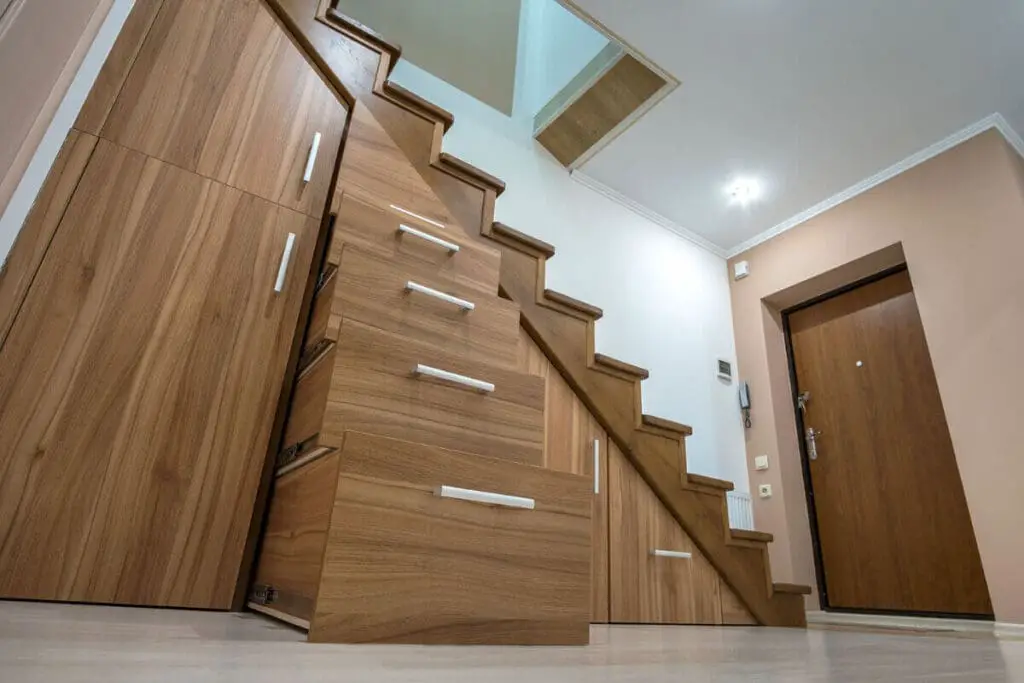
9. Multi-Functional Furniture
Furniture often serves multiple purposes to reduce the need for excess items.
10. Emotional Detachment
Minimalism favors functionality over-sentimentality; personal items and knick-knacks are generally kept to a minimum.
Maximalist Design: More Is More
In stark contrast to the minimalist’s pared-down aesthetic, maximalism thrives on abundance, complexity, and a ‘more is more’ attitude. Far from being mere clutter, however, maximalism is about curated excess, where every element serves a purpose either functionally or aesthetically.
Despite minimalism’s antithesis, maximalism has principles that can yield stunningly beautiful and personal spaces. Keep reading as we dive deep into the nuances of this vibrant design trend.
1. Personal Story
Maximalism allows you to incorporate your journey into your living space, encouraging sentimental value.
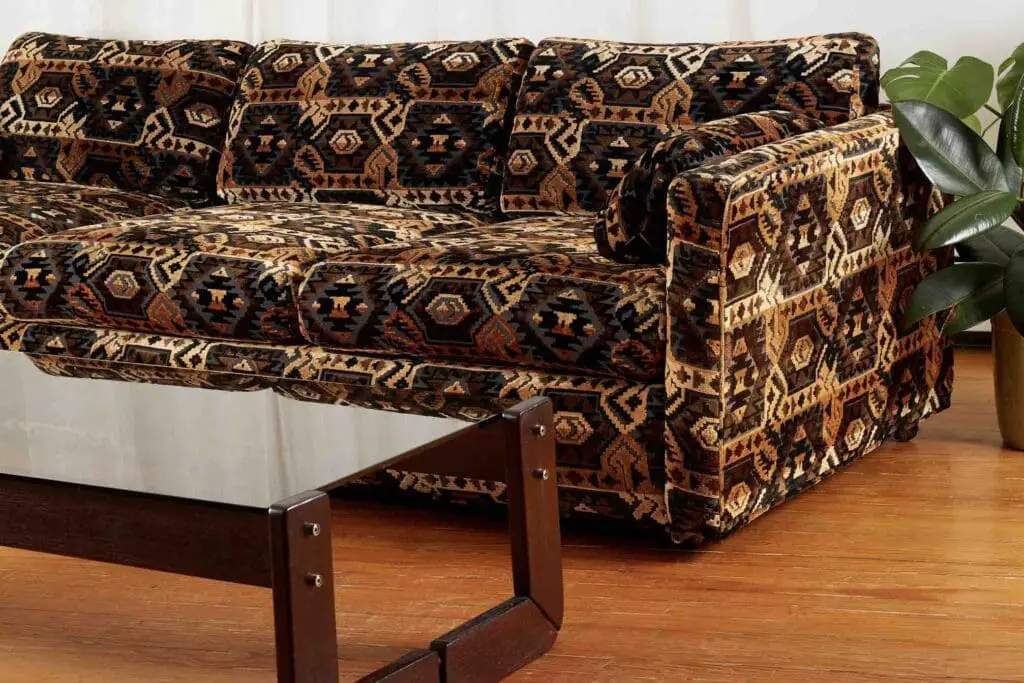
2. Vibrant Colors
Bright, contrasting colors are embraced to create an energizing atmosphere.
3. Varied Textures
Multiple textures like fur, velvet, and silk are layered to provide visual depth.
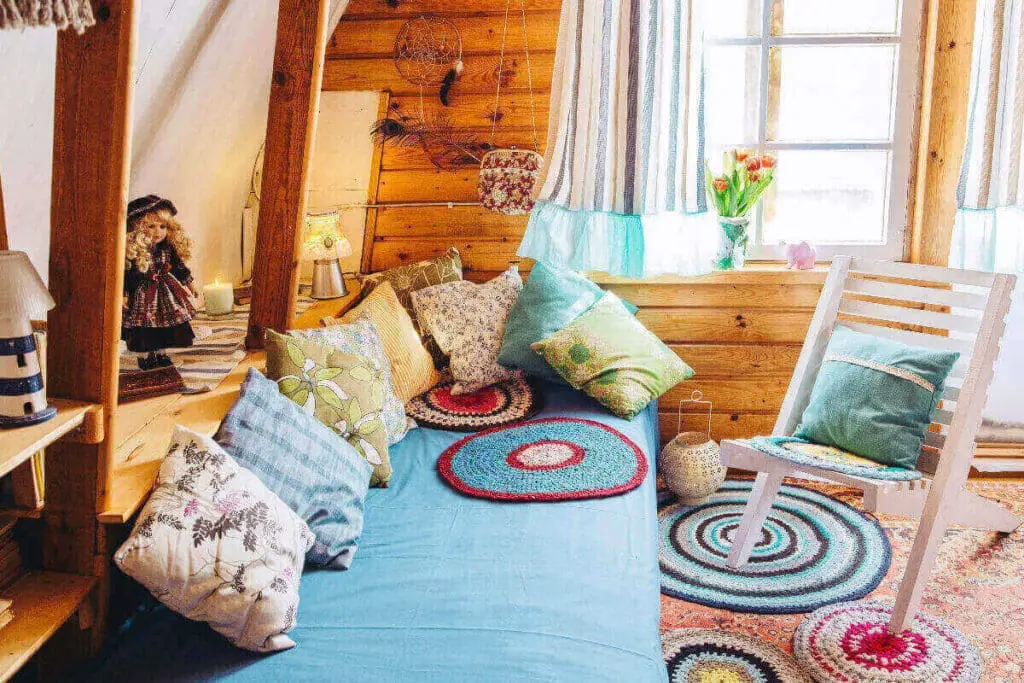
4. Eclectic Elements
You’ll find an artful blend of various design elements—from vintage to contemporary.
5. Pattern Play
Different patterns are harmoniously combined, whether floral prints with geometric shapes or paisleys with stripes.
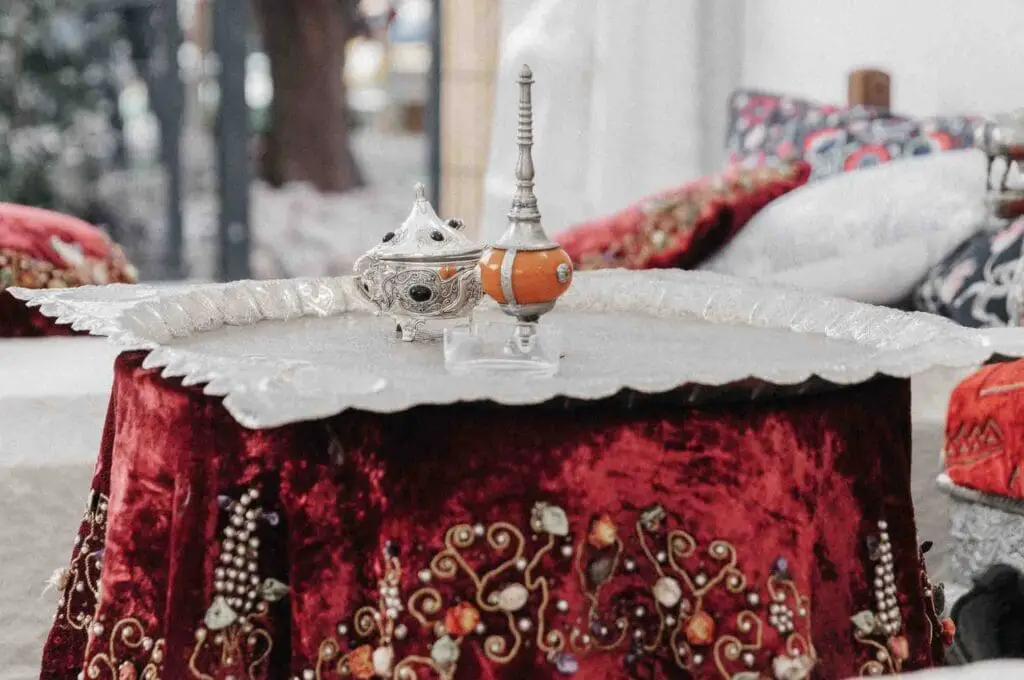
6. Artistic Flair
Art plays a prominent role, often featuring diverse styles and periods.
7. Statement Pieces
Every room often has a focal point or a statement piece that commands attention.
8. Curated Clutter
Items are carefully selected but abundant, offering a “lived-in” feel.
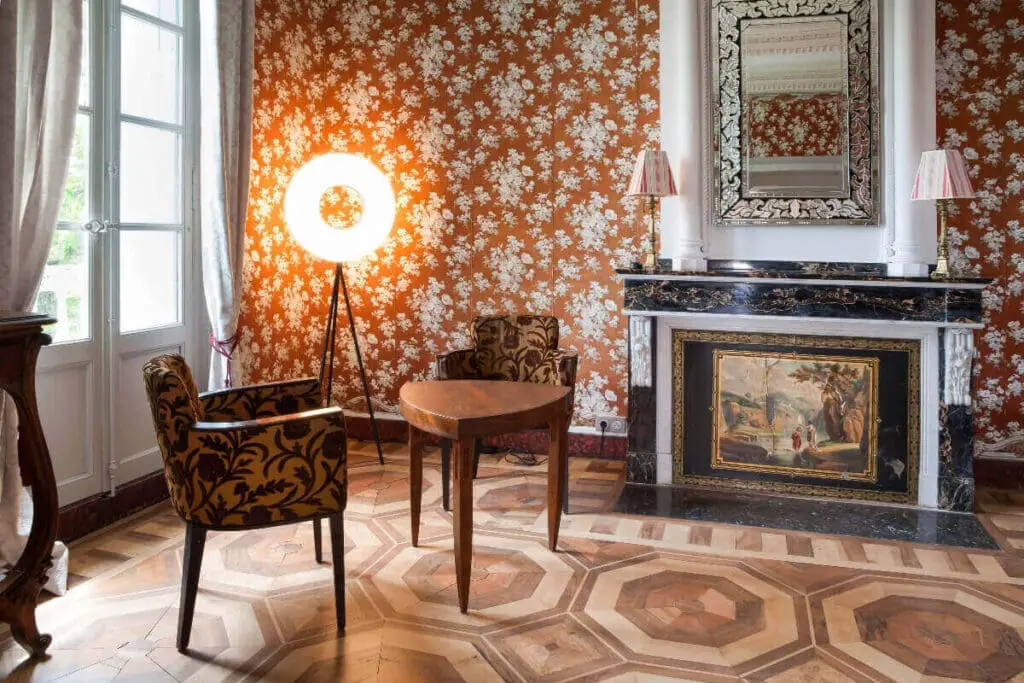
9. Cultural Influences
Global and historical influences are welcomed, incorporating unique pieces from different cultures.
10. Emotional Connection
Personal pictures, heirlooms, and memorabilia are not just allowed but celebrated.
Ten Key Differences – Minimalism Vs. Maximalism
When choosing between minimalism and maximalism, there’s no definitive ‘right’ or ‘wrong’—it’s all about what resonates with you.
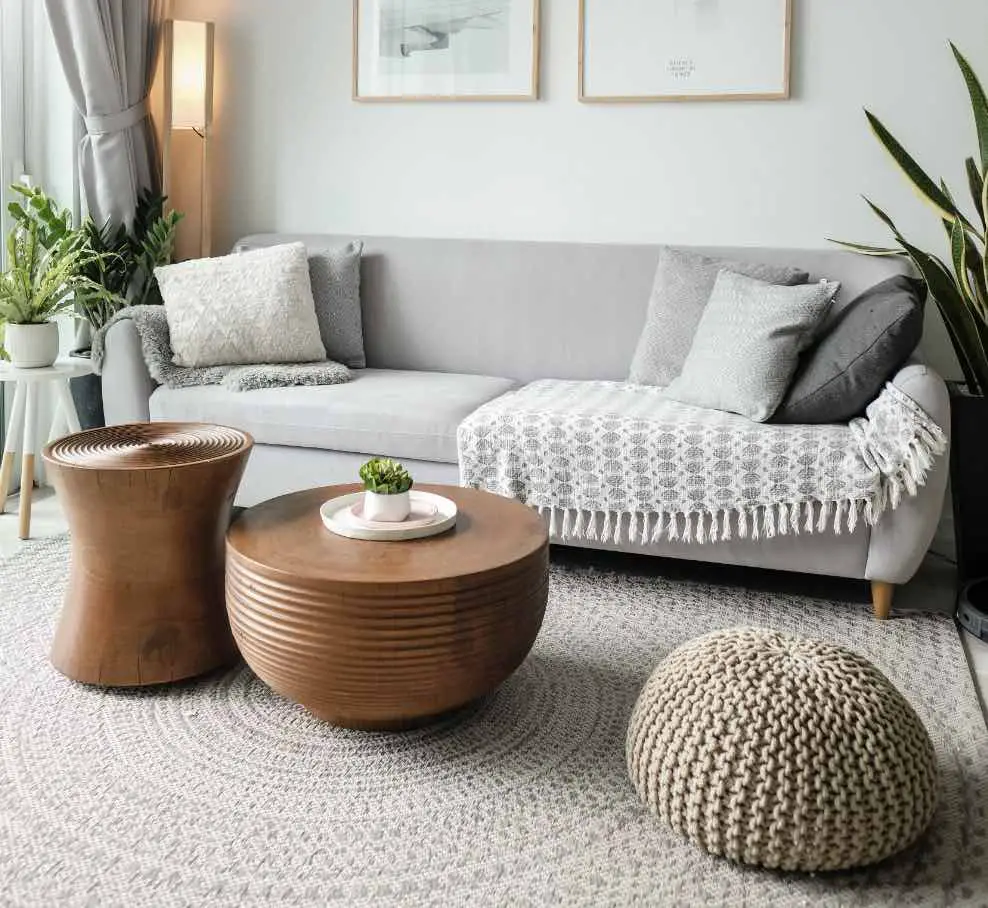
Factors such as your lifestyle, personal goals, and emotional well-being can influence your preference for one style.
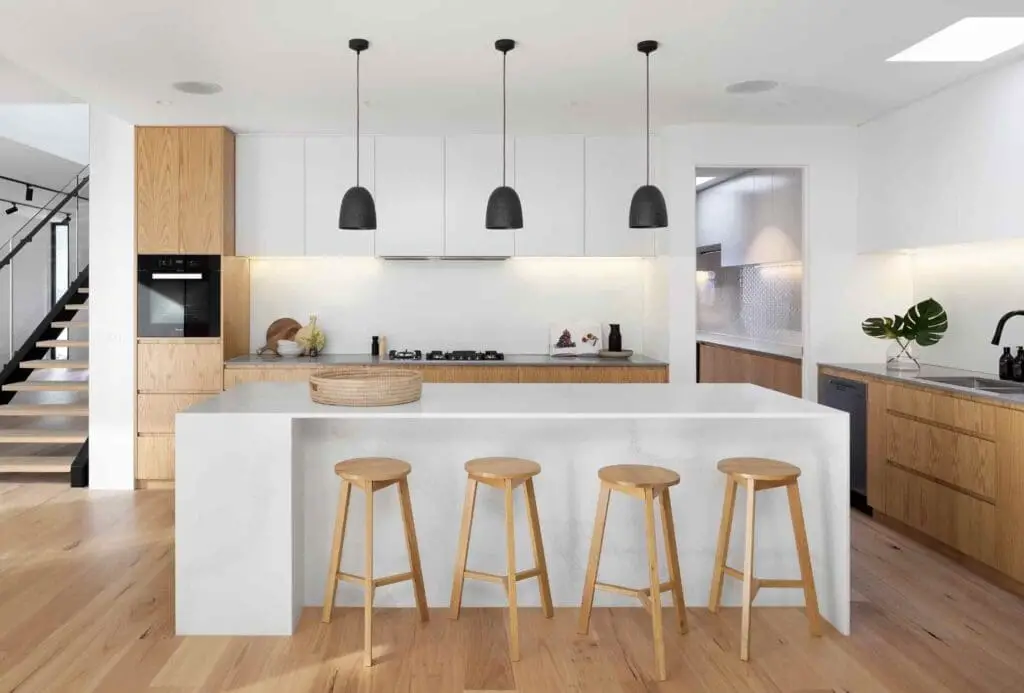
As we delve into the distinguishing elements of both design philosophies, you’ll gain insights that can guide you in tailoring your home decor to match your sensibilities best.
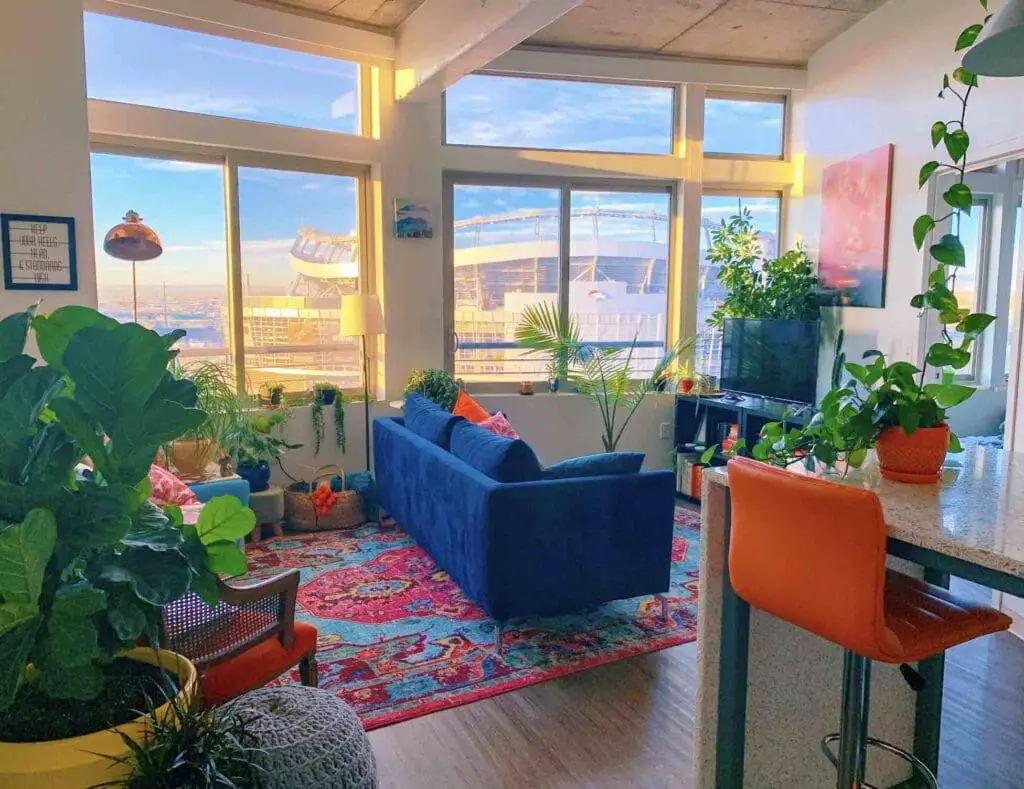
Keep reading as we dissect the essential contrasts between these two compelling approaches to interior design.
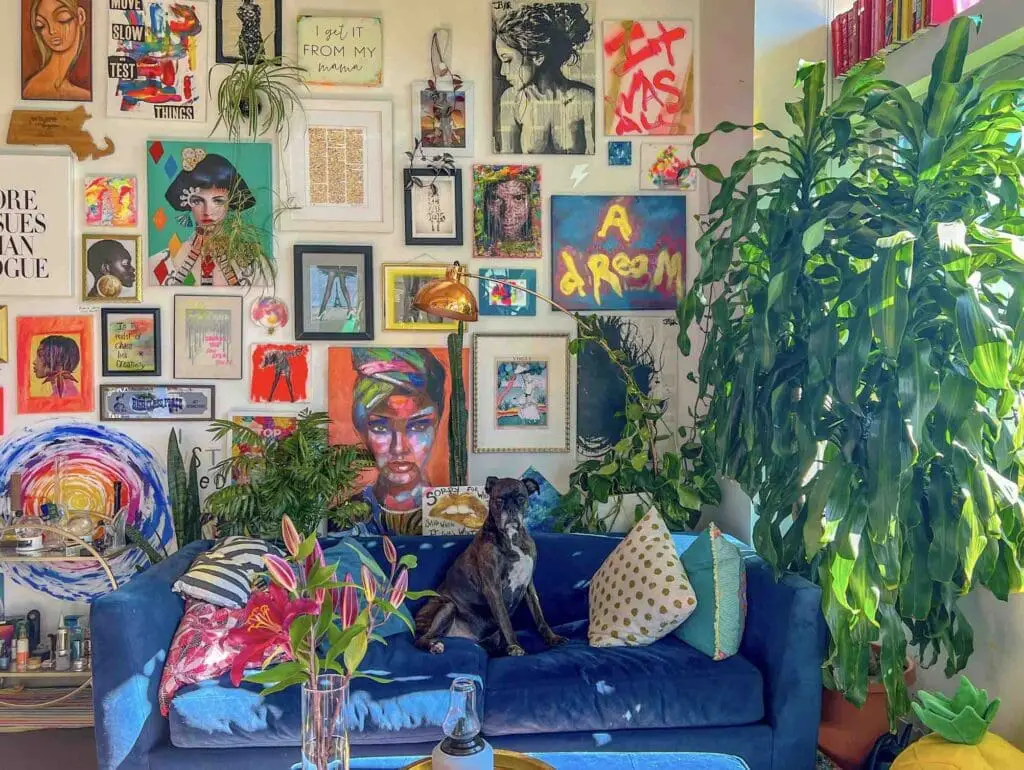
- Emotional Tone: Minimalism often takes a more detached approach, while maximalism encourages sentimentality.
- Color Palette: Minimalism favors neutral colors, whereas maximalism embraces a broader, brighter range.
- Functional Vs. Decorative: Minimalism prioritizes function over form, whereas maximalism appreciates items for their decorative value.
- Spatial Utilization: Minimalism values negative space, while maximalism seeks to fill it.
- Cultural Presence: Maximalism often includes diverse cultural elements, unlike the usually universal aesthetic of minimalism.
- Textural Range: Maximalism loves a good mix of textures, while minimalism keeps it subtle and unified.
- Artistic Expression: Artwork in a minimalist setting often serves a functional purpose, whereas, in maximalism, it’s about making a statement.
- Cost: Minimalism can sometimes be more budget-friendly due to fewer items being purchased, but maximalism could require a more significant investment in decor.
- Upkeep: A minimalist space is easier to clean due to fewer objects, while a maximalist space might require more upkeep.
- Personalization: Maximalism offers more opportunities for personalization than the often uniform aesthetic of minimalism.
Whether you lean towards the clean lines and neutral palette of minimalism or the vibrant hues and eclectic spirit of maximalism, both styles have their merits and drawbacks. What’s important is to make your space authentically yours—whether that means an immaculate, serene environment to clear your mind or a treasure trove of your life’s passions and memories.
The choice between maximalism and minimalism is ultimately personal, influenced by your lifestyle, aspirations, and emotional needs. By understanding the fundamental principles of each style, you can make an informed decision on how to decorate your home in a way that feels right for you.
If you are interested in seeing how Mondoro can help you with your handmade home decor products – we would love to talk to you about how we can help you.
Find out more about how Mondoro can help you create, develop, and manufacture excellent home decor and furniture products – don’t hesitate to contact me, Anita. Check out my email by clicking here or become a part of our community and join our newsletter by clicking here.
Mondoro gives out a FREE Lookbook to anyone interested. You can receive a copy of our latest Lookbook by clicking here.
Listen to our Podcast called Global Trade Gal. You can find it on all major podcast platforms. Try out listening to one of our podcasts by clicking here.
Subscribe to our Mondoro Company Limited YouTube Channel with great videos and information by clicking here.
Related Content
Minimalist Interior Design Explored: Embracing The Trend
For quite some time, we’ve been dwelling in a society driven by excess, where more is often equated with better. However, the trend of minimalism stands in stark contrast to this ethos. Emphasizing the philosophy of ‘less is more,’ minimalism endorses choosing quality over sheer quantity. It encourages us to create interior spaces with an air of simplicity and tranquility rather than overwhelming opulence and clutter.
By clicking here, you can learn more by reading our blog, Minimalist Interior Design Explored: Embracing The Trend.
Embrace Simplicity: 10 Tips For Incorporating Minimalist Home Decoration
Minimalist home decoration is an aesthetic that’s gaining traction worldwide. Its appeal lies in the effortless tranquility it brings, coupled with its stark elegance. If you’re considering shifting to this interior design philosophy, here are ten tips for incorporating minimalist home decoration.
To learn more, you can read Embrace Simplicity: 10 Tips For Incorporating Minimalist Home Decoration by clicking here.
12 Living Room Home Decor Wall Ideas For Your Empty Walls
Filling the void with the right blend of style, function, and personality is crucial for setting the tone of your living room; this is where wall décor comes in, offering endless possibilities to transform your blank walls into an enticing visual narrative. Read on as we delve into twelve creative ideas for your living room wall decor, incorporating elements such as wall art, mirrors, artifacts, hanging plates, and more.
You can discover more by reading 12 Living Room Home Decor Wall Ideas For Your Empty Walls by clicking here.

